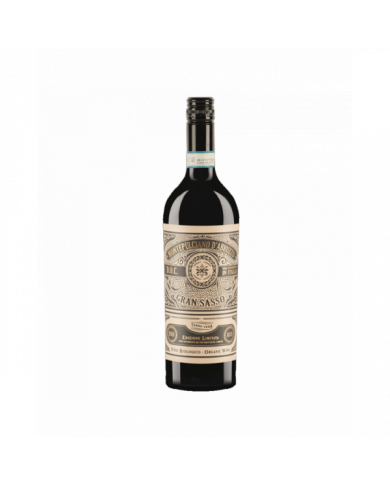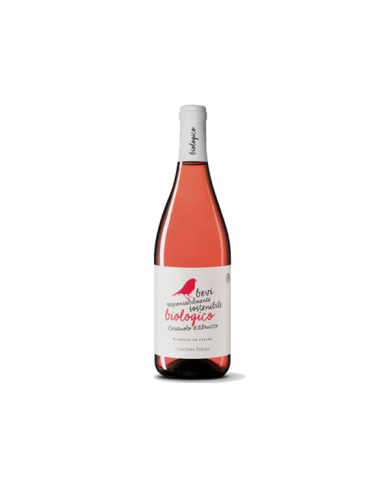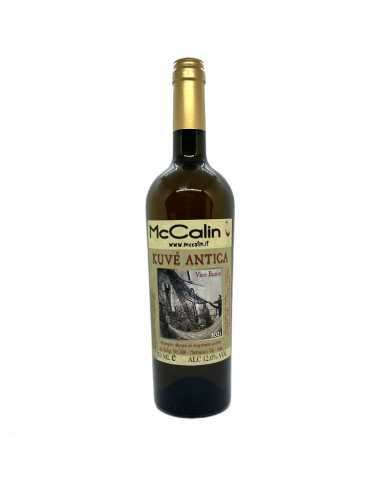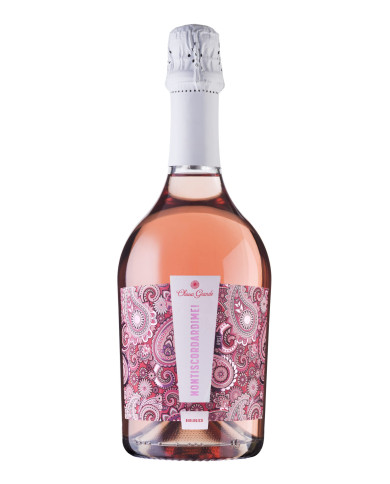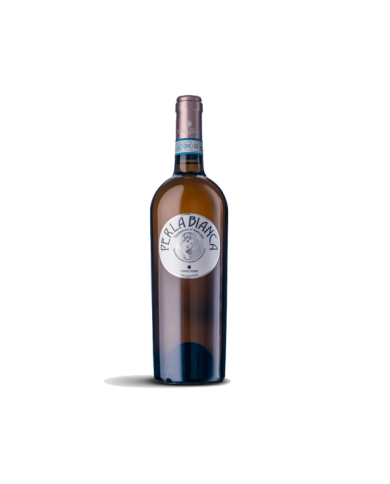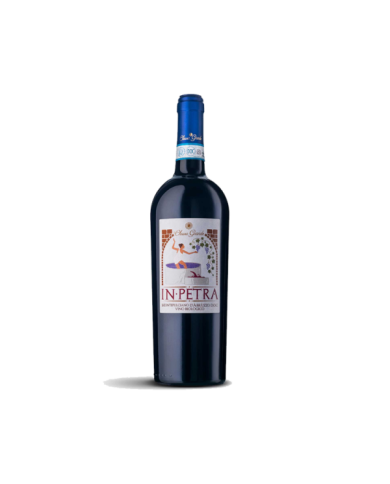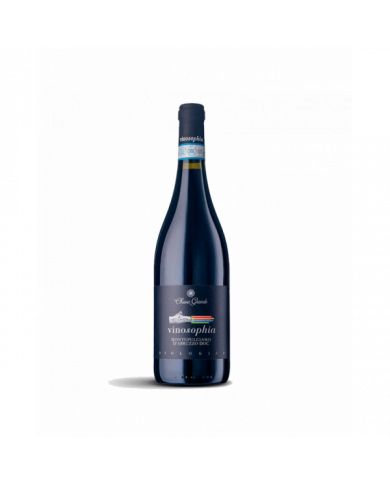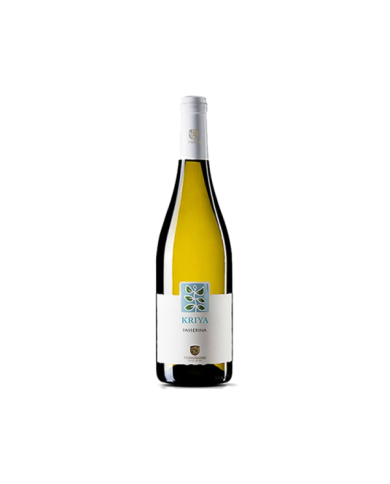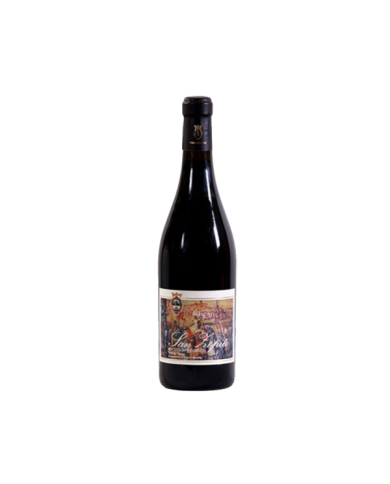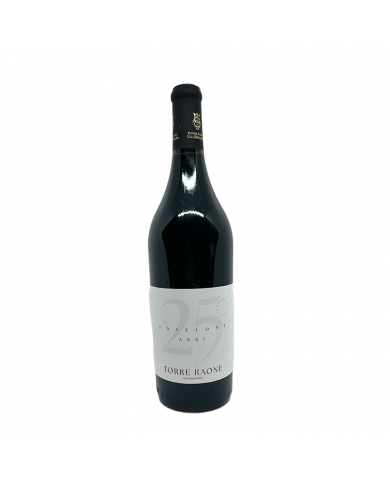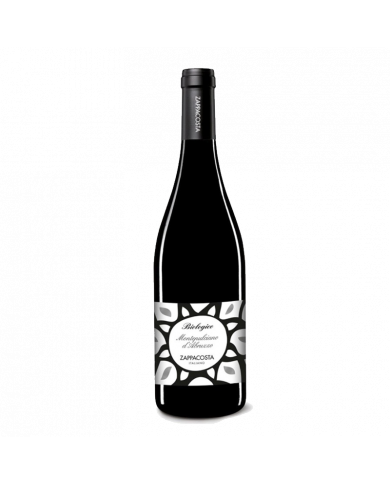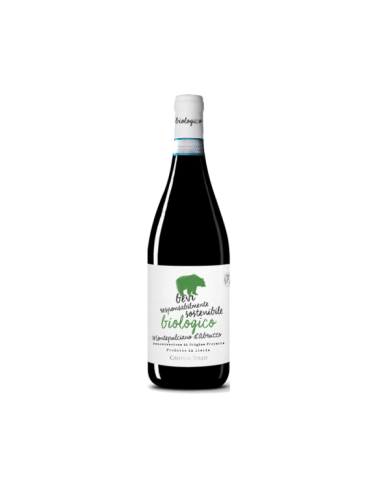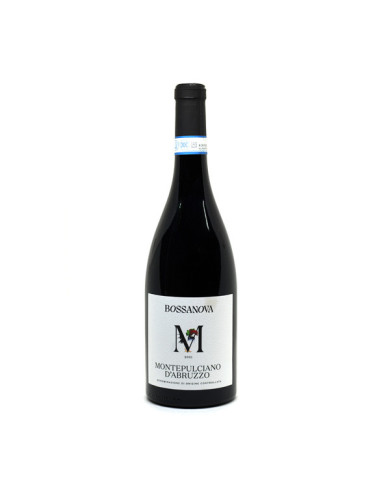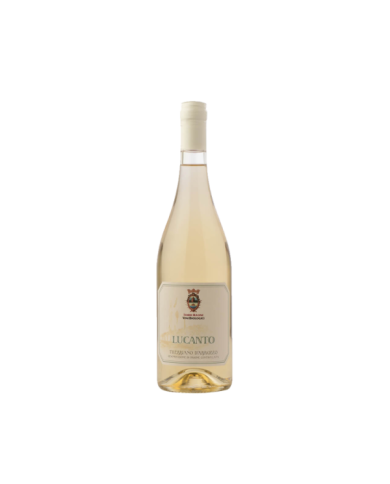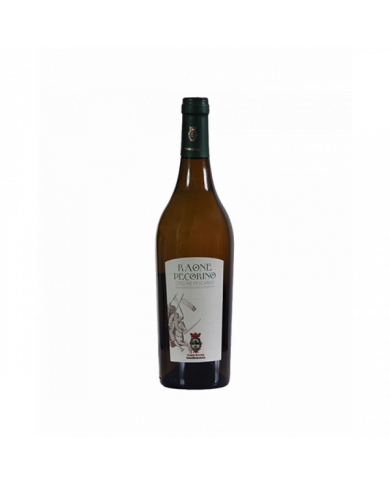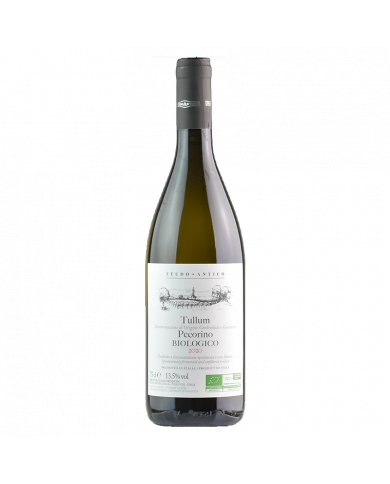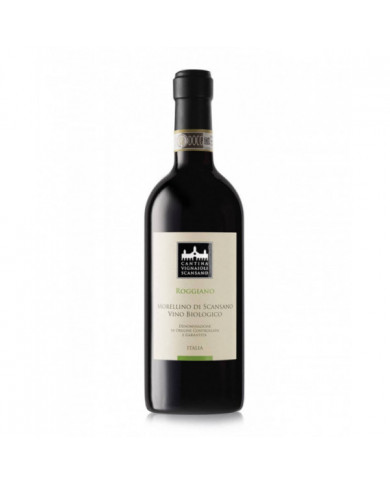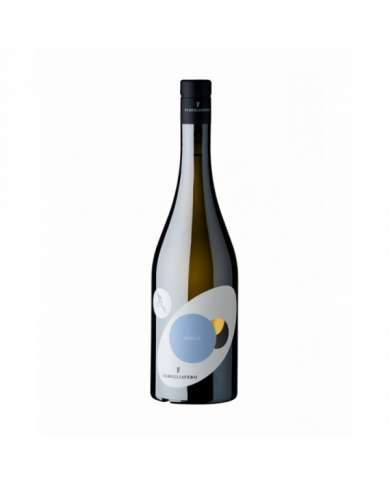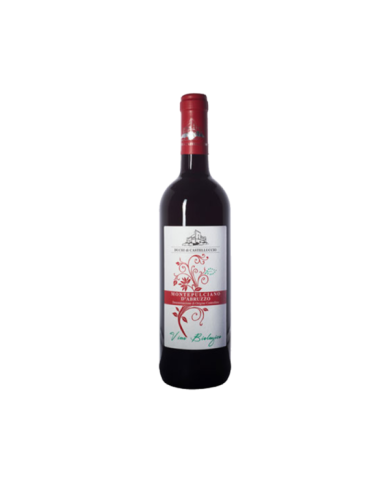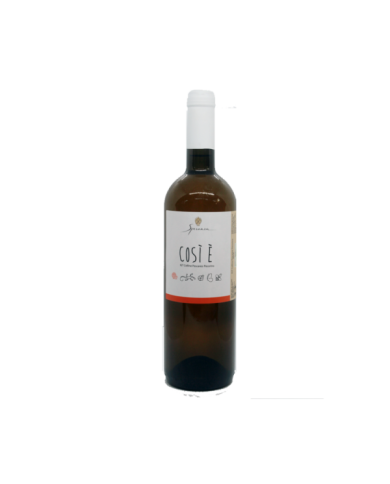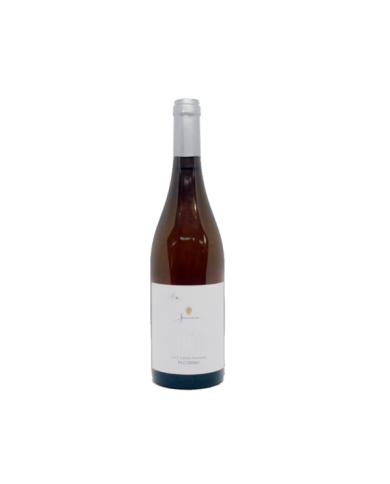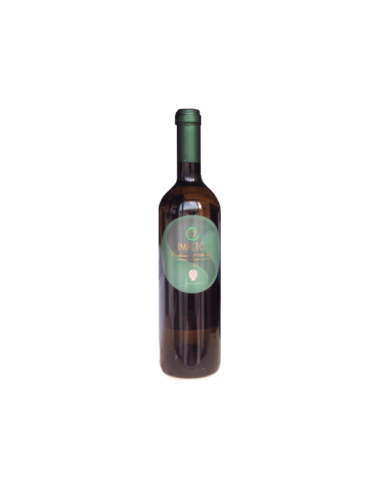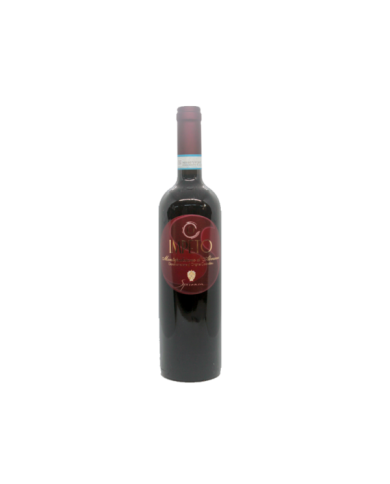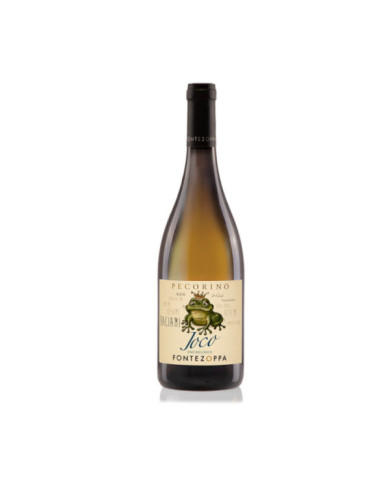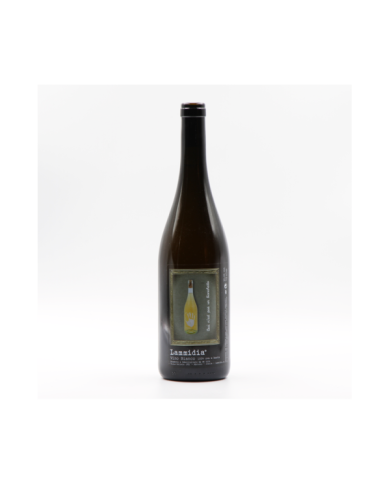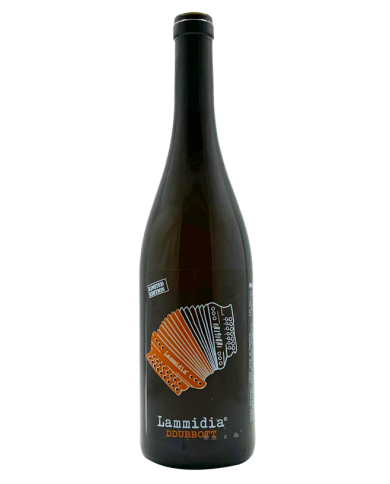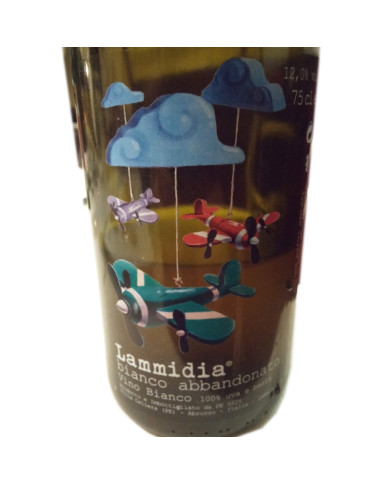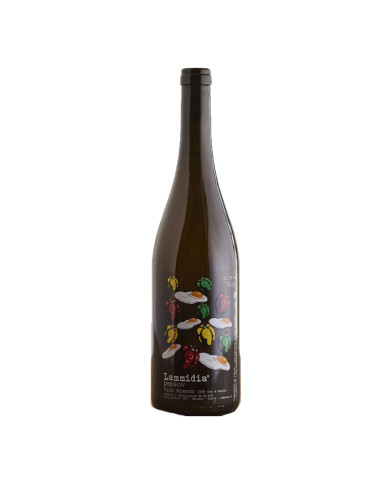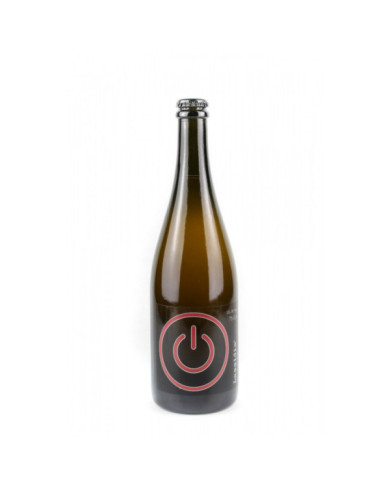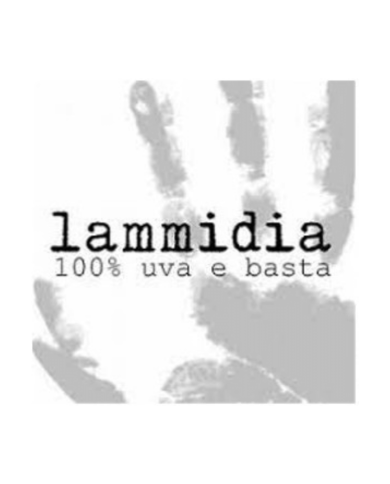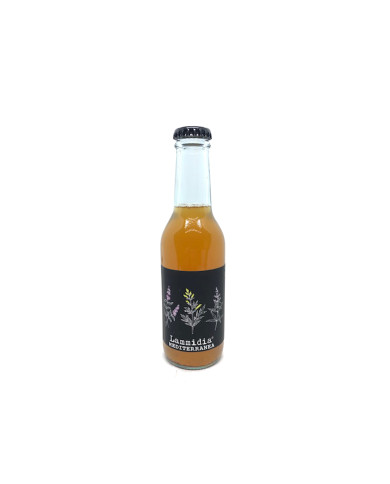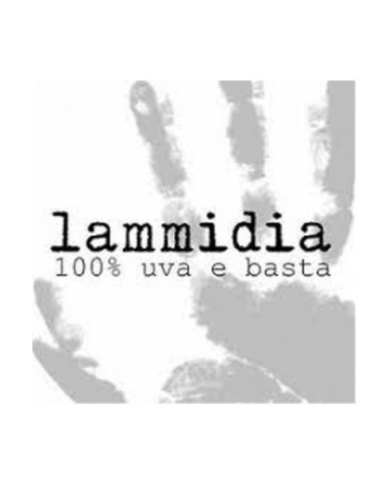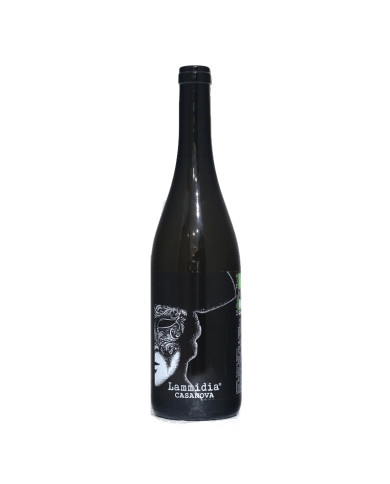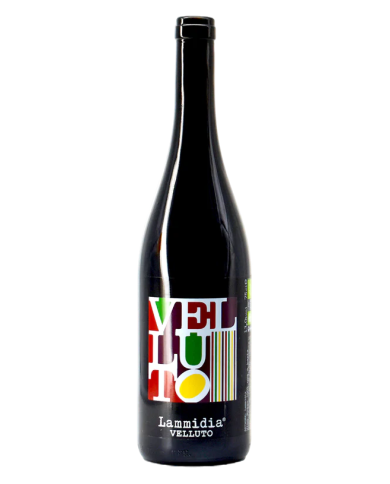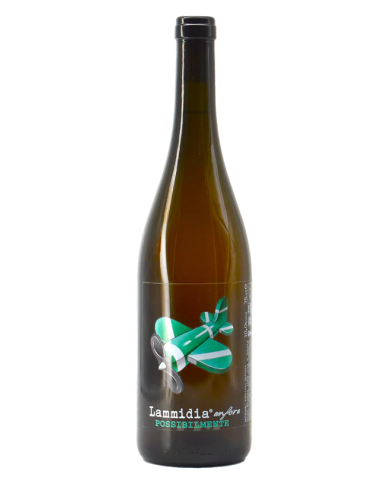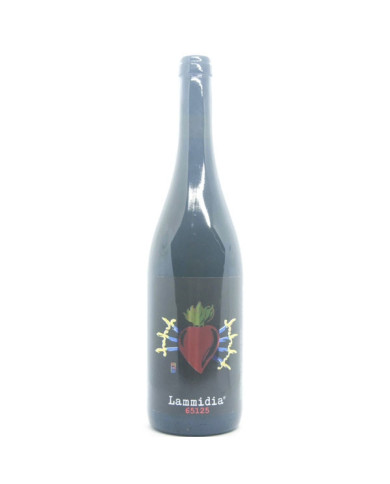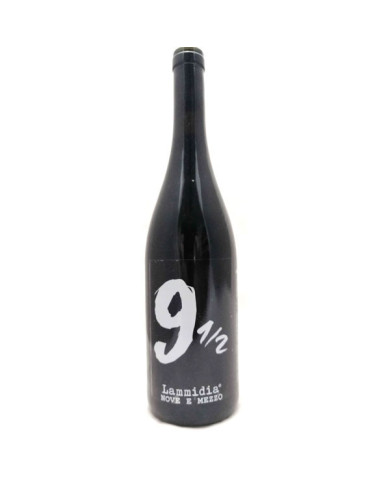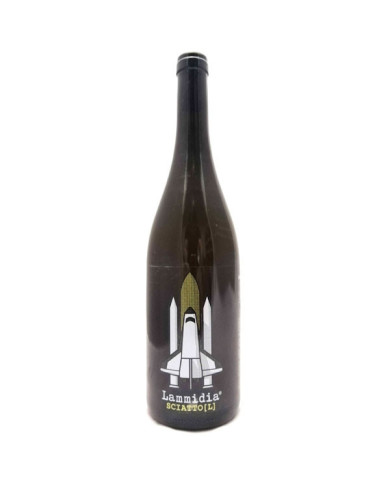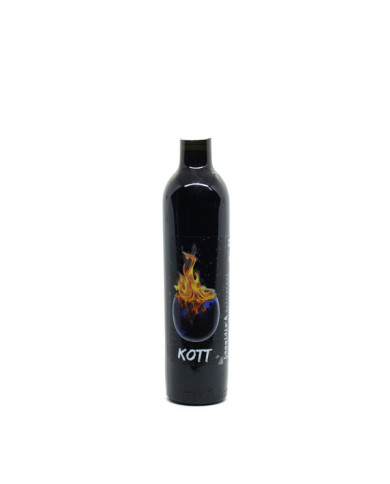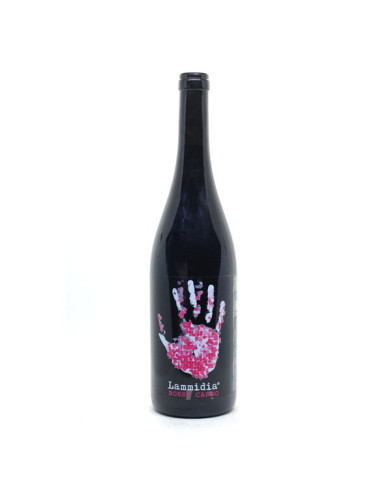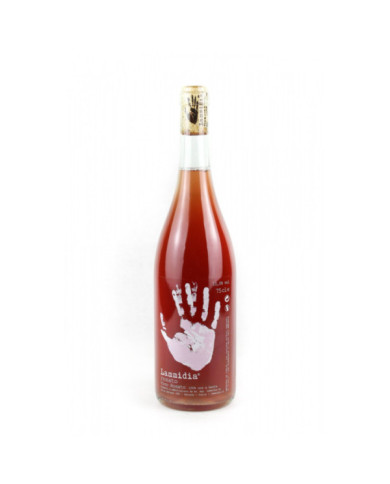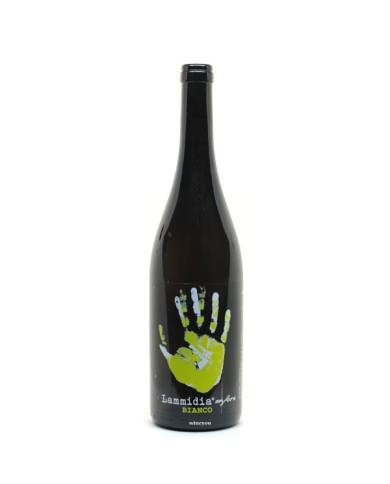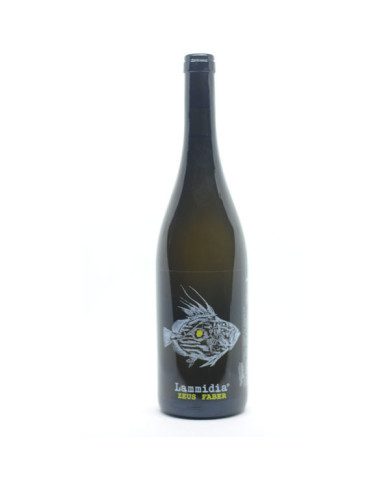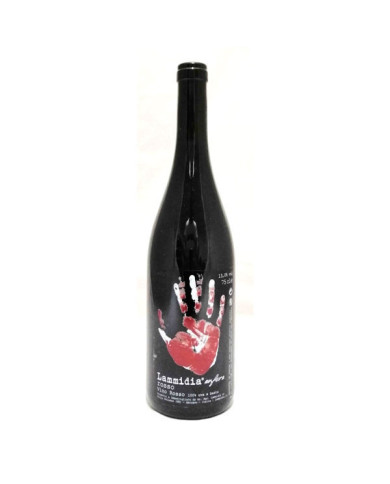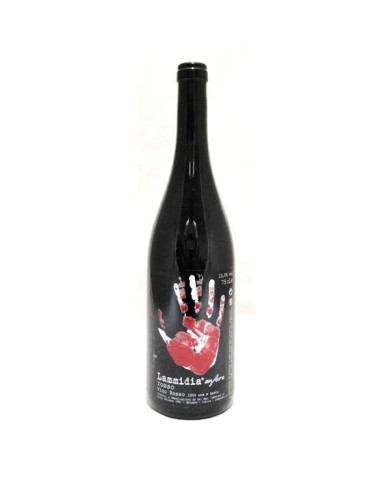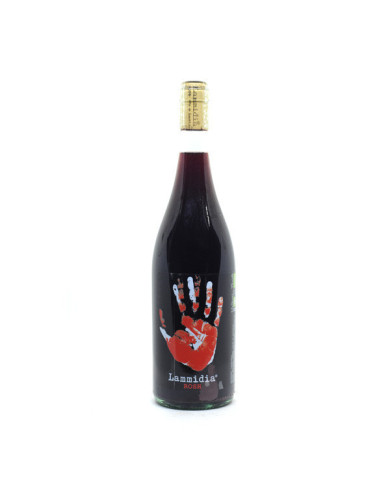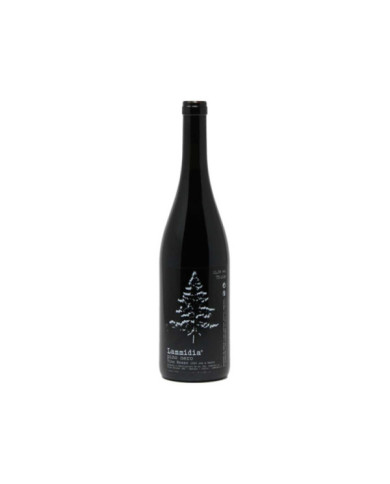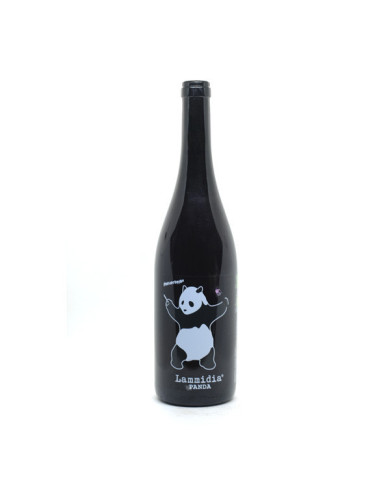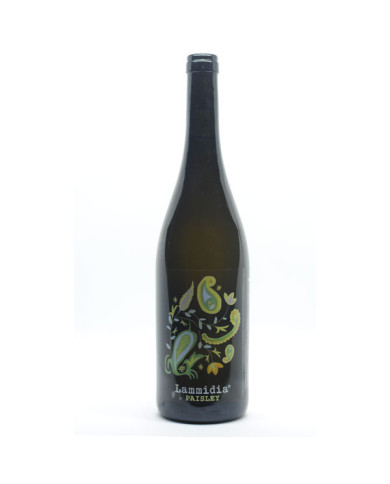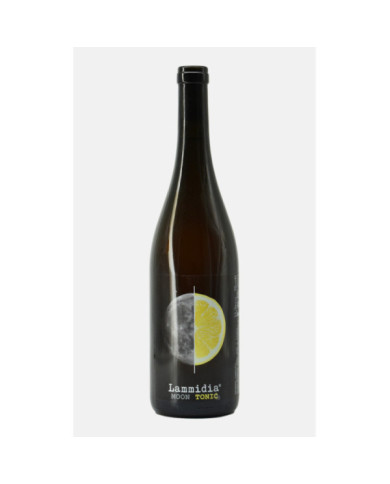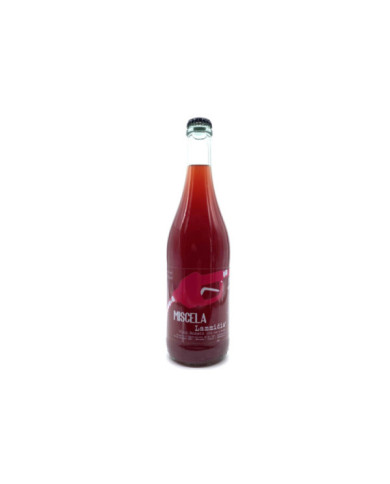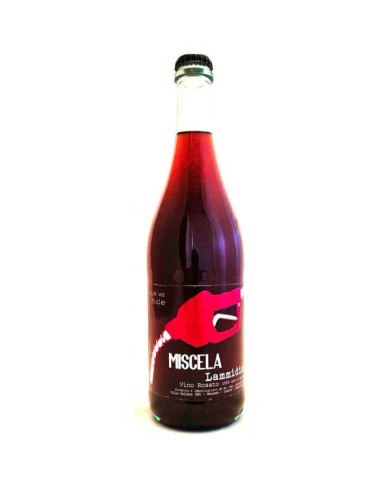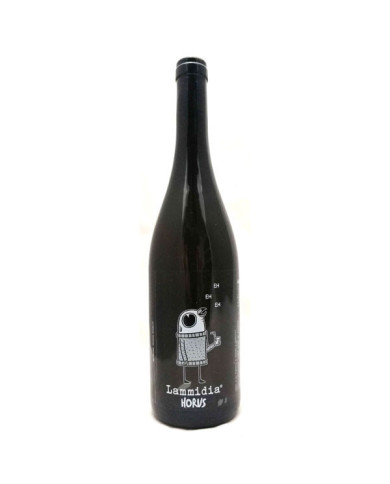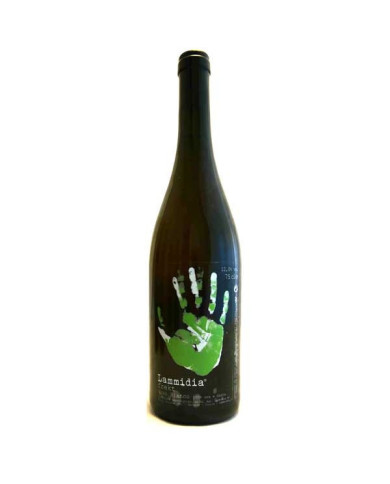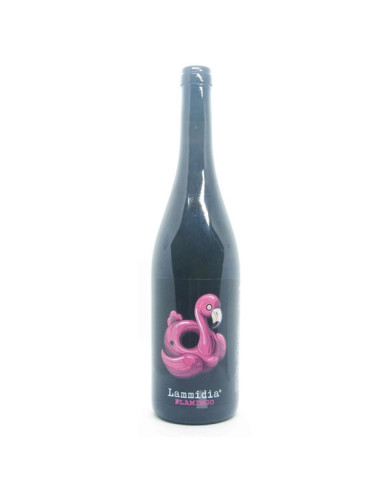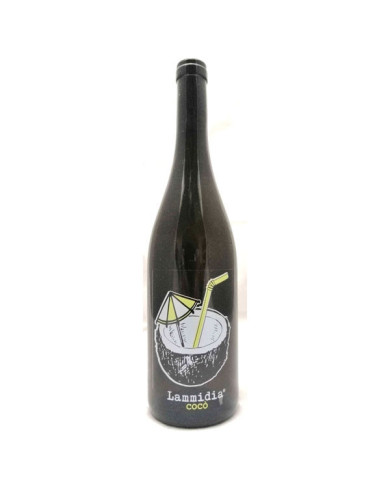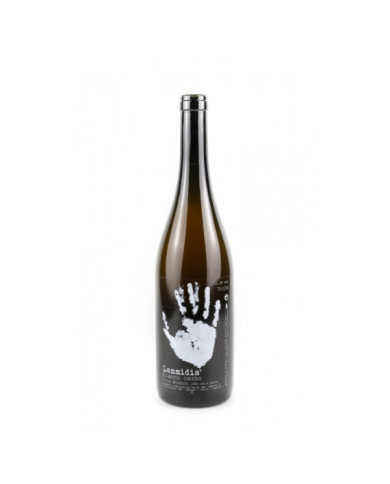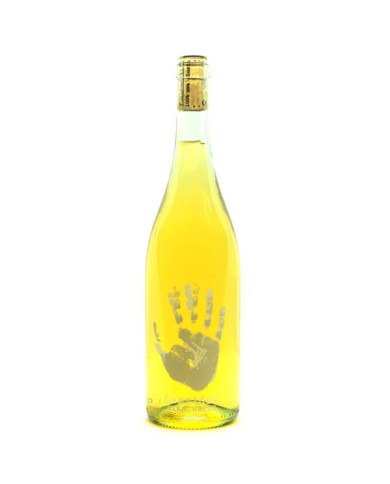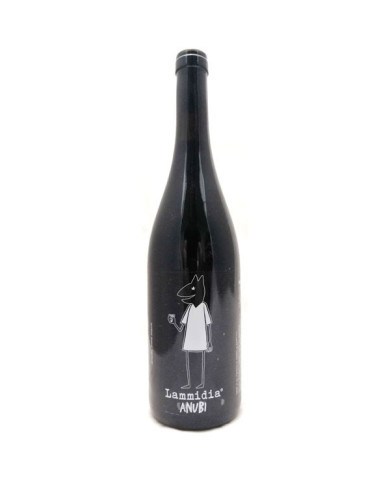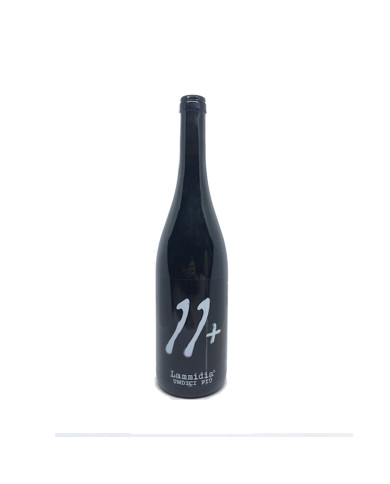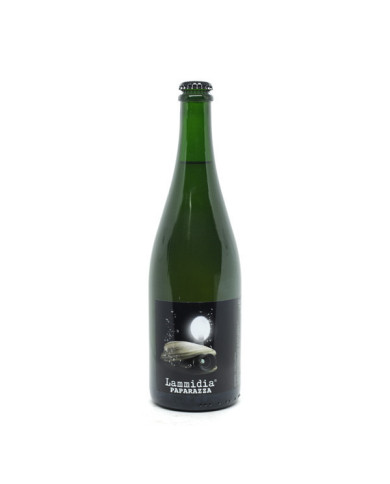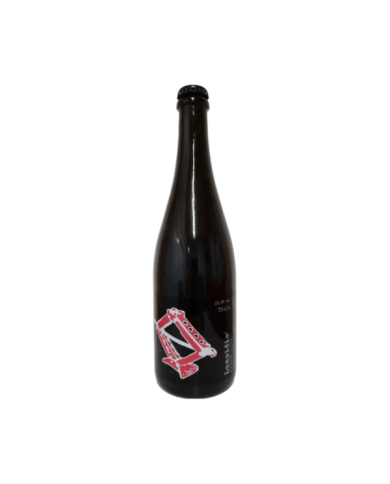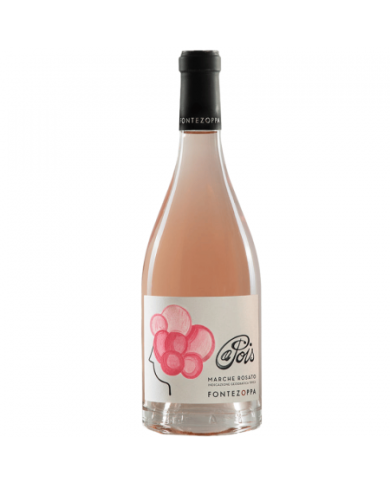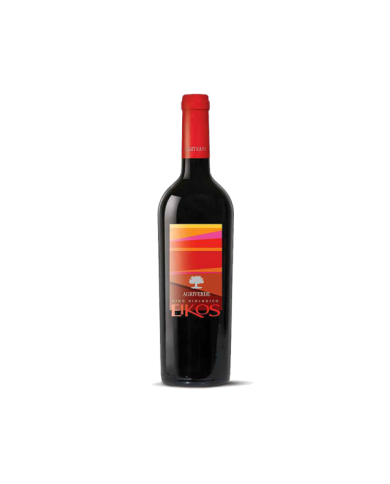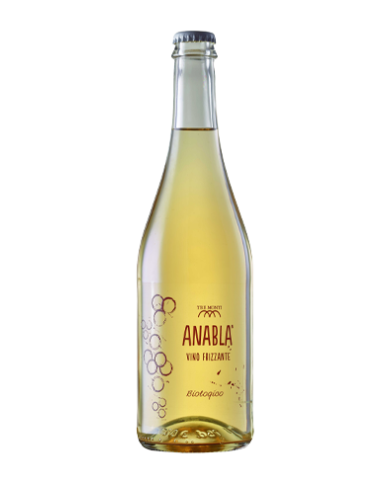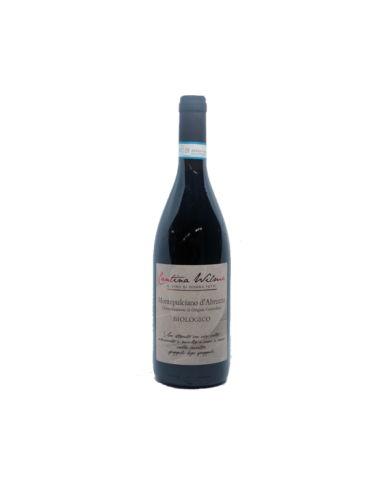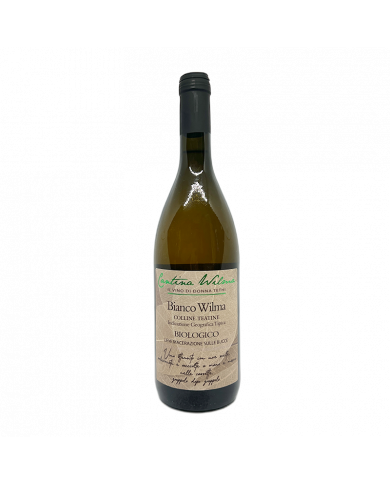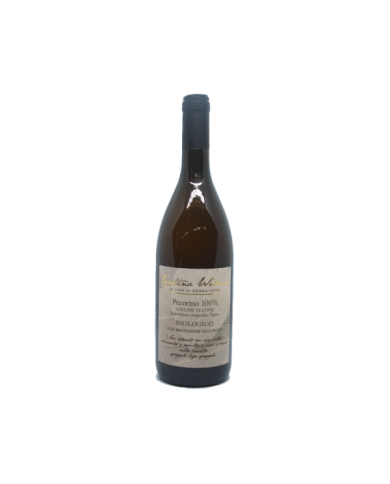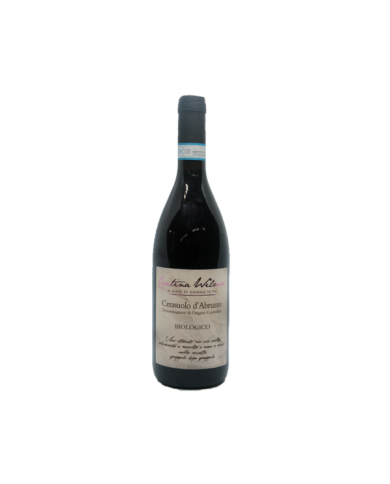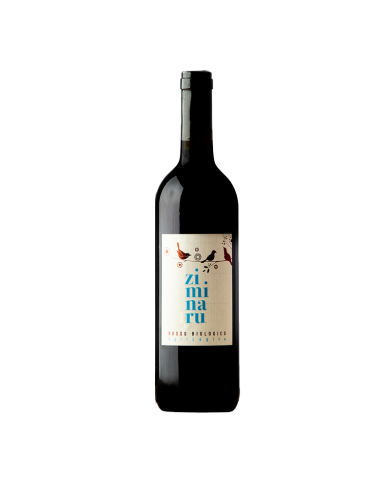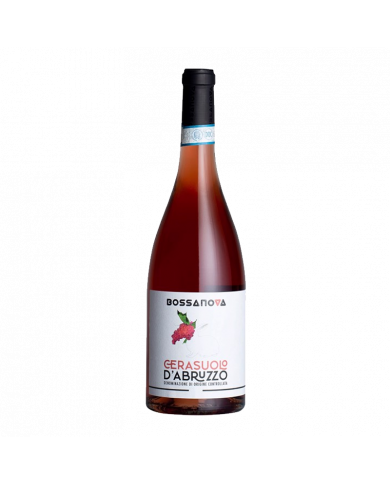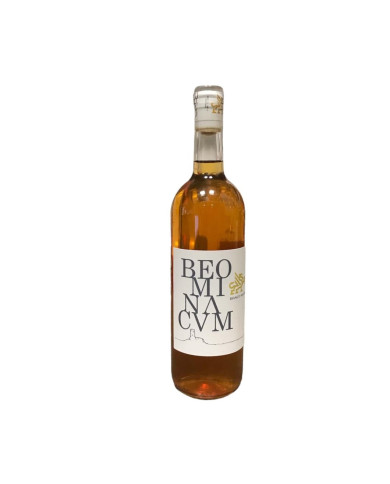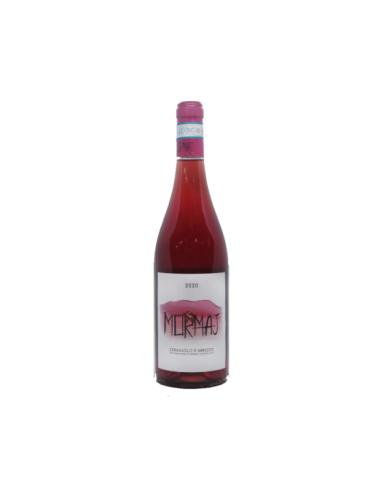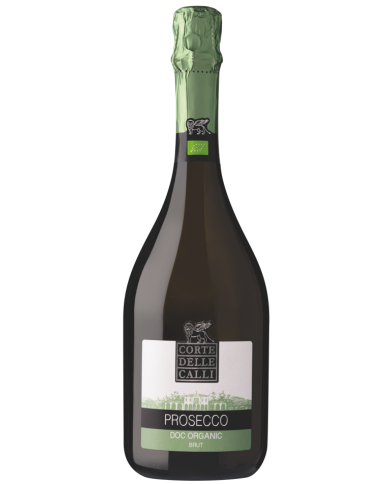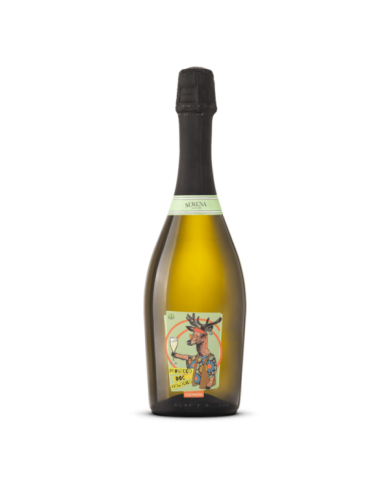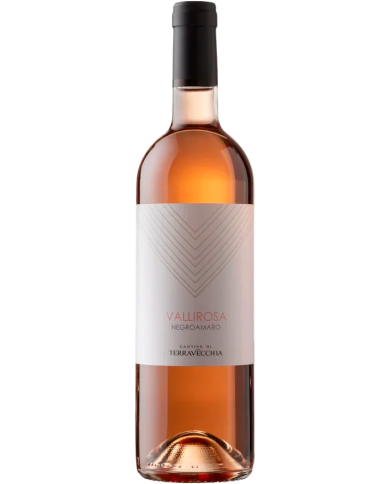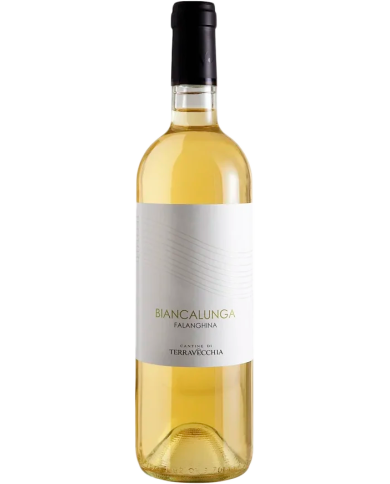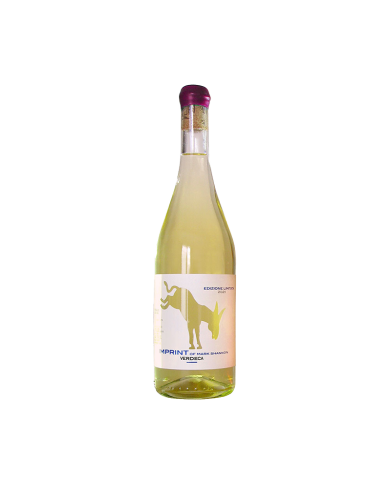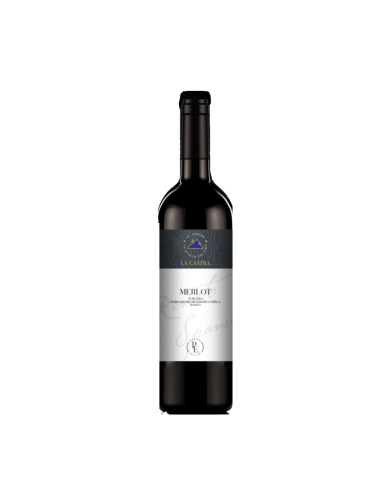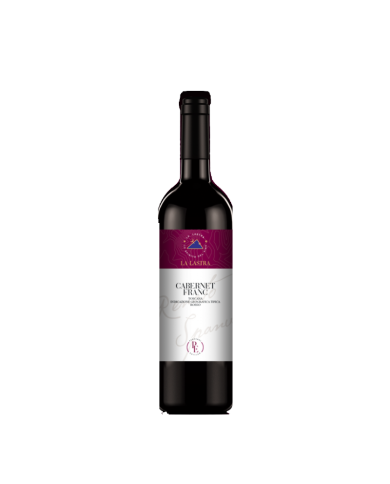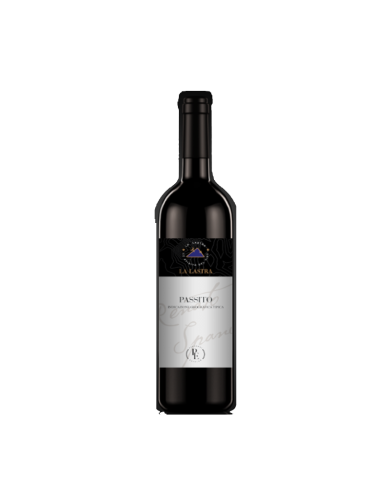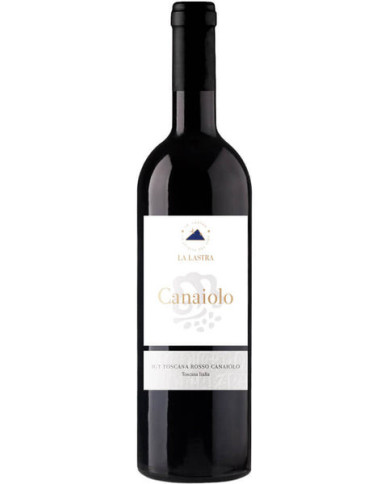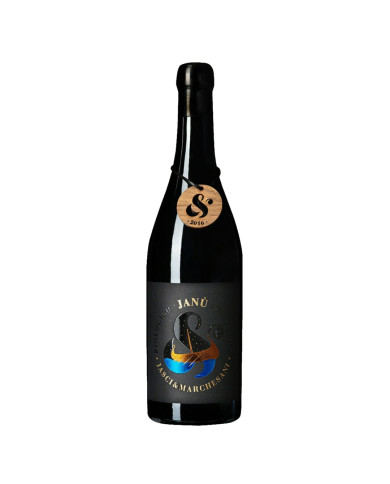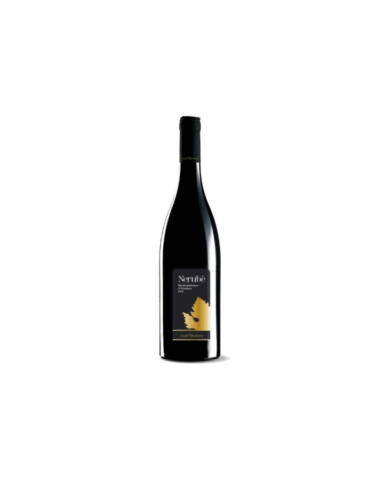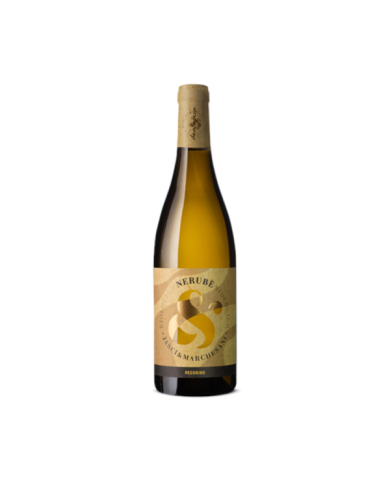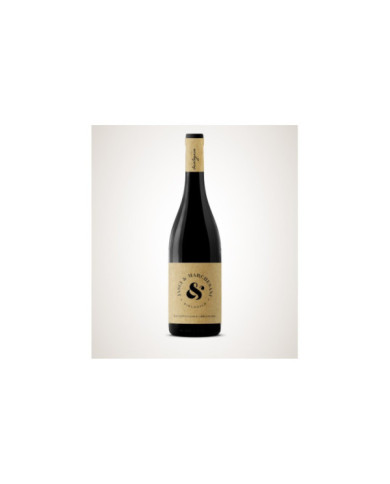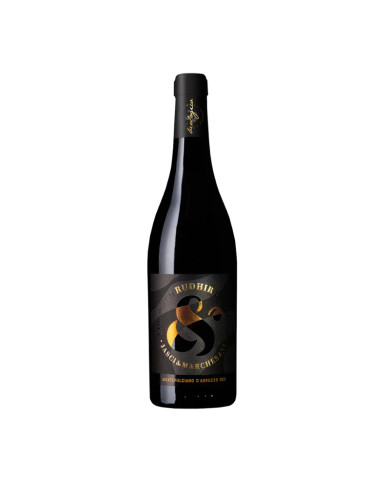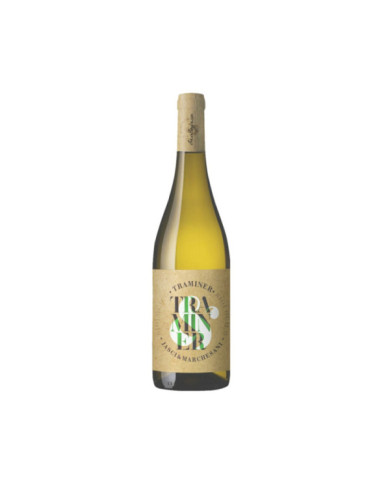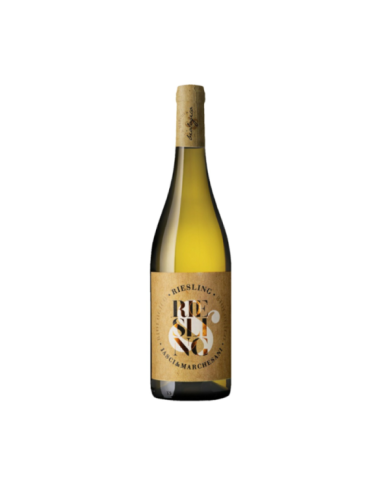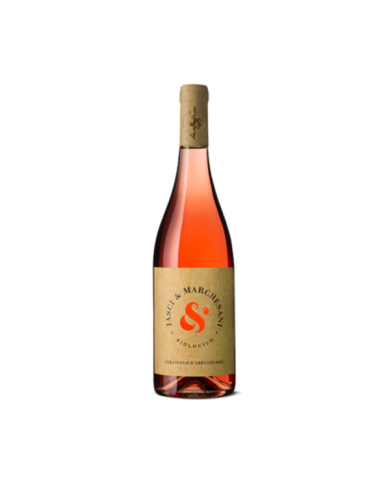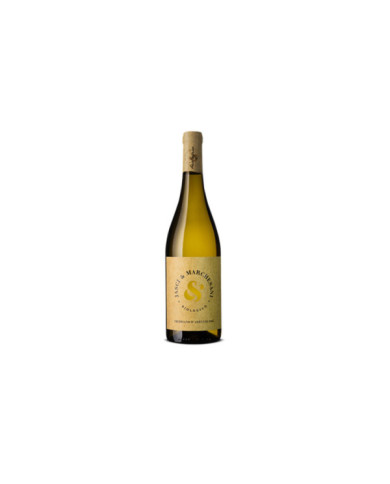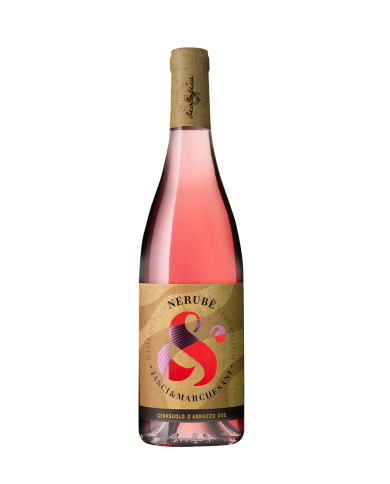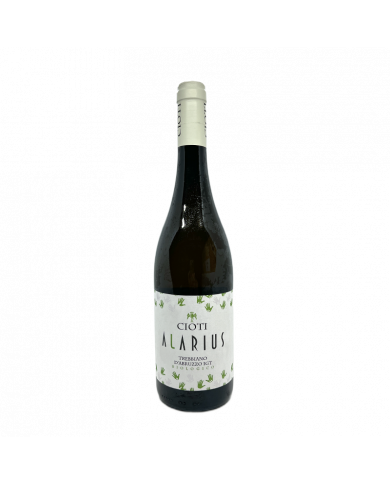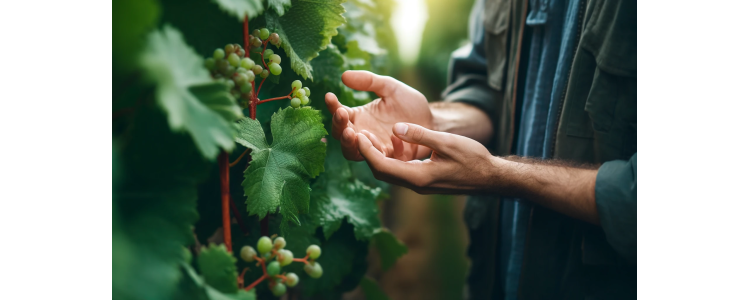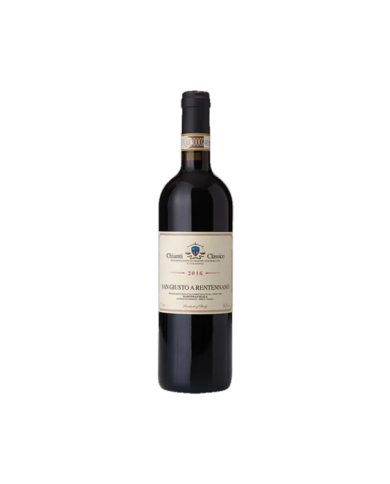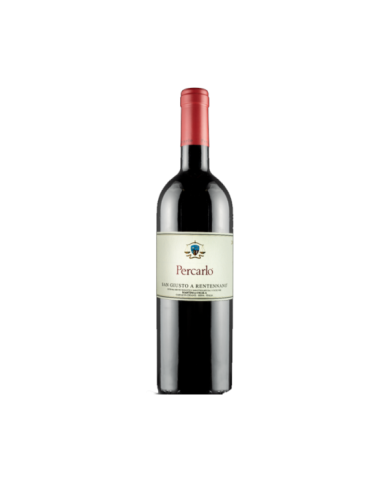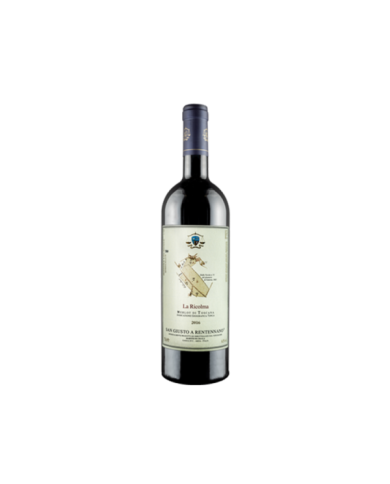Cuv├®e Antica is a white characterized by floral and fruity aromas and characterized by fresh and savory notes. We recommend combining it with fish and shellfish dishes.
Only what is unique is unforgettable!
Absolute love It is the bond that remains even when it is leaving. It is the vision that comes when you are now blind. It is the promise that is declared by denying its intensity out of modesty. It is the joy that pervades your soul starting from sensations felt outside of it. It is White Pearl, a courteous love of yesteryear. It is the magic granted only to those who know how to love in an all-encompassing way. It is eternity swallowed as in a dream with smoky but also vanilla aftertaste. It is the native white you were looking for, aged for over 18 months in Barrique. She is the imaginative and diaphanous woman whose essence always dwells in your thoughts.
No completely explicit sign is fascinating. Seduction is the space between what is shown and what is left to be imagined and slowly savored, sip after sip. It is a RedŌĆ” garnet like the emotion drawn on the cheeks, distinctly fruity, with hints of spices and licorice. It helps those who want to seduce, seduces those who think they know how to do it.
The first Dynamic Energy Vineyard (last patent by the Di Carlo family). Nature and man merge with the energy of colours... to improve biodiversity, the vitality of the soil, the positive frequencies on plants and fruits, people, animals and useful insects.
Deep garnet red color, intense and consistent in the glass. Wild black cherry, plums, blackberries and ripe currants: the nose opens on clear fruity notes, and then also perceives floral nuances of violet, as well as clear tertiary references of vanilla, chocolate, cinnamon, pepper and licorice. Balsamic nuances and officinal herbs complete the olfactory picture. The tannins on the palate are sculpted with chisel, the sip is warm and soft, with excellent persistence.
It goes very well with red meat. Try it with the tagliata with balsamic vinegar.
Dress the glass in a beautiful ruby red. The nose first reveals memories of black cherries, plums and black currant, then completed by spicy, herbaceous and medicinal herbs nuances. Warm and soft the sip, rightly tannic and slightly savory, characterized by a finish that recalls licorice and black pepper.
To combine with meat dishes, it is excellent with roast lamb chops.
The organic Montepilciano d'Abruzzo is harvested from 100% Montepulciano vines, its alcohol content is 13.5 %vol . It has a deep ruby red color. Rich and fragrant with notes of violets, red berries and liquorice typical of the grape. Alcoholic fermentation takes place by maceration with the skin in stainless steel tanks for 10 days at a temperature of 20-25 degrees. This wine is excellent paired with pasta dishes, soups, grilled fish, roasted white meat, tripe, pizza and semi-aged cheeses.
Bossanova 's Montepulciano d'Abruzzo is a red wine from the Teramo hills, aged for 8 months in concrete tanks and a further 4 months in the bottle: fragrant and inviting, it expresses with brio and delicacy aromas of black cherries, red plums, fresh flowers and ground pepper, wrapped in refreshing balsamic hints, while the taste is juicy and refreshing, balanced and persistent.
Straw yellow color to the eye. Intense olfactory bouquet, characterized above all by fruity references of apricot, green apple, pineapple and banana, complemented by citrus nuances and almond tones. Full-bodied in tasting, balanced and savory, with good persistence.
Extremely versatile in food pairings, it is worth trying to accompany trenette with pesto.
Straw yellow with a good load of color to the eye. The nose is clean and punctual, characterized by fruity hints of apricot, pear and tropical fruit, then completed by chalky and floral nuances of chamomile. Savory and fresh on the palate, with good balance and good length.
Perfect to accompany seafood cuisine, it is excellent to be paired with pan-fried mullets.
A wine of excellence, made from organic Pecorino DOCG Tullum grapes. Spontaneous fermentation, no filtration, only natural sulphites.
Straw yellow color; good structure supported by excellent freshness and flavor. The nose initially perceives a light toasting that quickly leaves room for herbaceous hints.
Straw yellow color; good structure supported by excellent freshness and flavor. The nose initially perceives a light toasting that quickly leaves room for herbaceous hints.
Golden yellow color, with fruity and floral aromas where mimosa stands out, bursts with a fresh and savory sip.
Abruzzo pecorino rich in aromatic notes of honey, resin and dehydrated lemon. A dense structure with a final charged with positive energies. Ideal with fish recipes.
Abruzzo pecorino rich in aromatic notes of honey, resin and dehydrated lemon. A dense structure with a final charged with positive energies. Ideal with fish recipes.
The "Trebbiano d'Abruzzo Impeto" , are characterized by the right sugar and alcohol content and by a good fixed acidity, which helps to enhance the aromas and maintain them over time. The Speranza winery produces about 5000 bottles of the "Trebbiano d'Abruzzo Impeto" wine, testifying to the importance that this wine has in the context of the company's production.
The wines of the Speranza company and in particular the "Montepulciano d'Abruzzo" , are characterized by the right sugar and alcohol content and by a good fixed acidity, which helps to enhance the aromas and maintain them over time. The Speranza winery produces about 2700 bottles of the "Montepulciano d'Abruzzo" wine, testifying to the importance that this wine has in the context of the company's production.
This wine has a straw yellow colour, brilliant and inviting. On the nose, it offers a refined fragrance characterized by delicate floral notes, which blend harmoniously with a complex fruity profile of pineapple, grapefruit and peach.
Another lucky twinning with Cantina Indigeno. This time the result is DDUBBOTT in LIMITED EDITION (clear inspiration from the accordion in the Abruzzo version characterized by only two basses - DDU' BOTTE - precisely), blend of 50% Passerina di Lammidia and 50% Montonico di Cantina Indigeno, macerated with the stalks to 14 days.
Wine infused with Clary Sage, Artemisia Absinthium and Verbena Odorosa, with the addition of apple juice.
Vinification: Destemmed by hand. Contact with the skins with daily milling for two weeks Aging: Barrique Description: Pepper, black pepper, an enveloping texture in the mouth which recalls velvet
An unconventional red wine as per the Lammidia style, in which freshness and ease of drinking are sought. Obtained from pure red grapes with carbonic maceration for a week and refinement in steel. A wine that has beautiful aromas on the nose reminiscent of red fruit, followed by liquorice and spicy notes. The south of France made in Pescara.
a juice of wild strawberries and currants that ends with a strong acidity! To drink as much as I can!!!
Rosso Anfora di Lammidia is a fresh and compulsively drinkable wine obtained from red grapes. Produced by manually destemming the grapes and pressing them softly with your feet. Fermented spontaneously in amphora in contact with the skins immersed in the must for 10 days. Subsequently the wine refines together with the fine lees for a further 10 months.
Pino Nero is a red wine obtained from red grapes, fermented with semi-carbonic maceration. Spontaneous fermentation. Aging in fiberglass tanks. Without sulphites added before bottling. The result is a wine that gives the palate a great sensation of freshness and many fruit flavors.
Panda di Lammidia is a ros├® wine obtained from a blend of red and white grapes. The vinification takes place spontaneously in cement, while the refinement takes place in anofra. Panda is a fresh, fruity wine, with excellent minerality and drinkability.
100% Montonico, whole bunch carbonic maceration fermentation for a week in cement tanks, then pressed and refined in the same. A territorial grape juice with infinite drinkability! From one of the oldest grapes of Abruzzo here is a wine with super floral aromas and sensations, a slightly citrusy freshness and a lot of minerality! Vibrant like all Lammidia wines!!!
Frekt by Lammidia is a fresh and surprisingly drinkable white wine made from white grapes. The vinification is spontaneous, with half of the pecorino being pressed directly, while the other half is macerated for 2 weeks in concrete with a submerged cap, and then they are assembled and aged in fiberglass containers. Frekt is a wine that stands out for its freshness, its drinkability and rusticity, and its fruity hints. A wine that will make you definitively fall in love with Lammidia.
Anubi is a wine made from red grapes. The grapes are vinified with the carbonic maceration technique, throwing the whole bunches into a large concrete vat where they remain without oxygen for 2 weeks. The result is a wine with intense fruit aromas, great freshness and drinkability.
The first Dynamic Energy Vineyard (last patent by the Di Carlo family). Nature and man merge with the energy of colours... to improve biodiversity, the vitality of the soil, the positive frequencies on plants and fruits, people, animals and useful insects.
Intense ruby red with purple hues. The nose reveals intriguing varietal aromas of small black fruits, violets, licorice, vanilla and cocoa. In the mouth it is fresh and has an excellent structure with soft tannins and long persistence. Food pairings: cured meats, first courses of land, roast meats, game, aged cheeses.
A second fermentation in the bottle for our first ancestral one, however linked to the deeply rooted regional tradition of "mosso" wine. We like to call it a classic method ŌĆ” halfway..
Historic vine and our workhorse. Strong and gentle in character and softness (as it is also said of the people of Abruzzo). Obtained from native grapes and selected in the harvest. Plant in rows 1/2 height exposed to solagna on calcareous-clayey soil. Appearance of cardinal red color with purplish reflections tending to blue. Excellent and well structured. Fruity and spicy bouquet, intense flavor and good body. Ideal with grilled red meats and more, salami and aged cheeses.
Obtained from native grapes and selected in the harvest. Appearance of straw yellow color with greenish reflections. On the nose it is fresh and floral with notes of white berry flowers and balsamic notes on the aftertaste. Ideal with all seafood cuisine, it also goes well with appetizers and delicate main courses.
Vine rediscovered a few years ago, widespread throughout the Abruzzo region. The name "pecorino" is given by the sheep's face shape of the bunch and by the fact that when the shepherds passed through during the transhumance, the sheep stopped to graze the leaves of this vine. Cantina Wilma obtains its wine from the "Pecorino" vine with low-row plantings on sandy calcareous soil. Appearance of yellow color, excellent fruity bouquet. The flavor is harmonious and of good quality. Ideal with all seafood cuisine, it also goes well with appetizers and delicate main courses.
Obtained from native grapes and selected in the harvest. Appearance of intense cherry color with pink reflections. On the palate it is fruity with notes of black cherry and cherry. Pairings: throughout the meal.
The members of AGRILOGICA cultivate vineyards, olive groves and vegetable gardens in Sardinia with organic methods, respecting the land and European regulations.
The Cerasuolo d'Abruzzo di Bossanova is a refreshing and tonic Abruzzo ros├® wine made from Montepulciano grapes, aged in concrete tanks for 8 months. It is colored with a delicate cherry pink and expresses floral and fruity notes of currant and wild strawberries, raspberries and Mediterranean aromatic herbs on the nose, while the sip is agile and fresh, with an excellent saline persistence.
In our cellar, between the MORrone and MAJella mountains MORMAJ is born, a ros├® wine obtained by spontaneous fermentation, not clarified, is aged in steel tanks. Any deposits on the bottom do not constitute a defect in the wine and do not alter its taste.
Mark is a winemaker and comes from California. I, Helvetia, am Friulian. We met in Sicily in 1997. In 1998 Mark proposed that I visit Puglia to see the old Primitivo vineyards. According to studies by the University of Davis in California Primitivo and Californian Zinfandel are genetically identical.
When we took over our small company close to the city of Siena twenty years ago, in the first place we replanted a large part of the vineyards and, on the occasion, above all out of curiosity and a great desire for knowledge and experimentation, we introduced into our viticultural heritage proudly Tuscan, even a very modest quantity of Merlot vines. Since this very small vineyard has reached a good physiological maturity we vinify it in purity and we mature it in a French oak tonneau. The result is a wine of excellence, truly particular and intriguing that we offer, given the small and non-reproducible quantity, in our Personal Edition.
When we took over our small company twenty years ago near the city of Siena, in addition to a very small plot of Merlot, we planted 7 rows of Cabernet Franc. The first in Tuscany, not to be different, but because by studying our terroir we realized that it had those characteristics whereby the Cabernet Franc grapes, if properly ripened and well vinified and aged, could offer us a wine that is not for everyone , but exciting and strongly character. The first years of production disappointed our expectations, a wine that was too herbaceous and tannic but, from the tenth harvest, when the plants reached their physiological maturity, here was the big surprise: a fruity wine where the raspberry replaced the herbaceous, thick, intense and almost moving. Given the very small quantity that we are able to produce, it has rightfully become part of the wines of our Personal Edition.
Lo Jan├╣ is the top of the range of Montepulcianos of the company. Hand harvesting of the grapes, maceration on the skins for 25 days, vinification in red and aging in double new barrique for 8 months + 8 months. Compact and deep goblet, of a beautiful ruby red. The olfactory reveals an incredible complexity, ranging from hints of dark fruit in alcohol, to toasted notes that recall hazelnuts, to slightly vanilla scents, to beautiful sensations of tobacco and dark chocolate. The sip is full and enveloping, long, pleasantly balanced. Closing on notes of bitter chocolate.
Pecorino is an extremely representative white grape variety for Abruzzo, and Jasci & Marchesani manages to give us a beautiful expression. Hand picked, vinification in white and aging for 6 months in steel vats and bottle.
Captivating ruby red, characteristic fruity aromas with hints of vanilla, balsamic vinegar and black olive. Full bodied, powerful, yet very balanced with flavors of mulberry, currant, dark chocolate and a long smoky finish.
Rudhir is another masterpiece of the Jasci & Marchesani winery which, year after year, proves to be a "Master Cave" for Montepulciano d'Abruzzo. Thanks to Rudhir you go to savor a charismatic, fragrant and intense wine from every point of view. When the word masterpiece is used for a Jasci & Marchesani product, it is not an exaggeration; each bottle is an artistic, pure and sensational brushstroke, which in every sip strikes the soul and heart with the typical scents of the mother vine and those small nuances deriving from the various woods of the barrels. The Rudhir vinifies for 18 months in oak barriques and ends its journey after a further two years in the bottle, before being marketed therefore, explosions of flavours, aromas and aromas are the order of the day with a bottle of this bill. His warm and welcoming heart is a "trademark" and is capable of generating an approving smile even on the face of a drinker with a difficult palate.
Produced from Montepulciano grapes. Cherry red color with purplish-red hues. Fruity aroma with hints of cherry and strawberry, on the palate it is fresh and fruity, full-bodied with an aftertaste of bitter almonds.
Cherry red in colour, the nose is fruity, vinous, with hints of wood. The flavor is harmonious and tender.
The vineyards are located at an altitude of about 400 meters and fall within the territory of the Gran Sasso Monti della Laga Park.
Taste the Authenticity of Natural Wines!
Natural wines are an increasingly popular choice among consumers, offering a unique and authentic taste experience. If you're looking to learn more about natural wines and how to try them, you've come to the right place. In this article we will look at what natural wines are, how they are made, and how they can best be savored.
What is a Natural Wine?
A natural wine is a wine produced without the use of additives, pesticides or other chemicals. Natural wines are produced only with grapes, water and yeast, and are produced in a way that best preserves the natural taste of the grape. They are also generally produced in small quantities which means that each bottle of natural wine is unique and offers a unique tasting experience.
How Are Natural Wines Made?
Natural wines are produced using grapes, water and yeast. The production process is very different from that used to produce conventional wines. The first thing to know is that natural winemakers do not use additives, pesticides or other chemicals. Instead, they try to work with the grape in order to best preserve its natural flavor, carefully choosing the plants and carefully tending the vines.
Once the grapes have been harvested, they are macerated for 12-14 days at a controlled temperature. This leads to a greater extraction of aromas and flavors which give the wine its rich complexity. The wine is then fermented in wooden barrels or concrete vats. This fermentation process is slow and can last from two to six months. Fermentation in wooden barrels gives the wine added complexity, while fermentation in concrete vats gives the wine greater freshness.
How to Taste a Natural Wine?
Savoring a natural wine is a unique experience that offers a rich complexity of aromas and flavours. To better enjoy a natural wine, it is important to prepare the glass properly. The glass should be rinsed with warm water and dried with a soft cloth to remove any chemical residue. Therefore, the glass should be filled up to half with wine to get a good oxygenation.
Once ready, take a sip of the wine and savor it slowly. Savor the color, aroma, taste and texture of the wine. Try to get all the aromas and flavors of grapes, like fruit, grass, hay, chocolate and so on. Also taste the complexity of the wine, feeling how the aromas and flavors evolve over time.
Conclusion
Natural wines are a great choice for those looking for an authentic and unique tasting experience. They are produced without the use of additives, pesticides or other chemicals, and are produced in a way that best preserves the natural taste of the grape. As we have seen, natural wines are produced with grapes, water and yeast, and are fermented slowly. To best enjoy a natural wine, it is important to prepare the glass properly and taste slowly, trying to capture all the aromas and flavours, and savoring the complexity of the wine. If you are looking for an authentic and unique tasting experience, try a natural wine!

